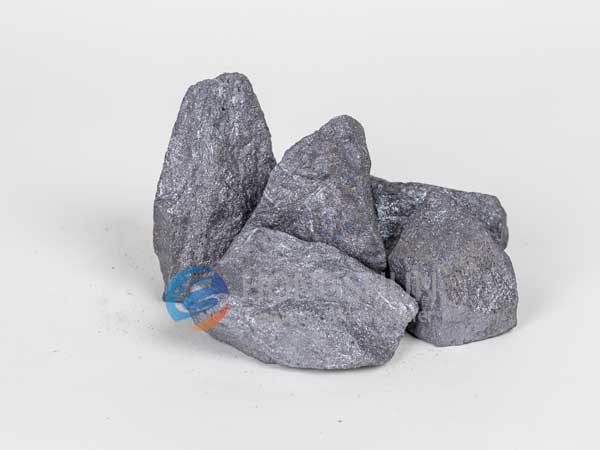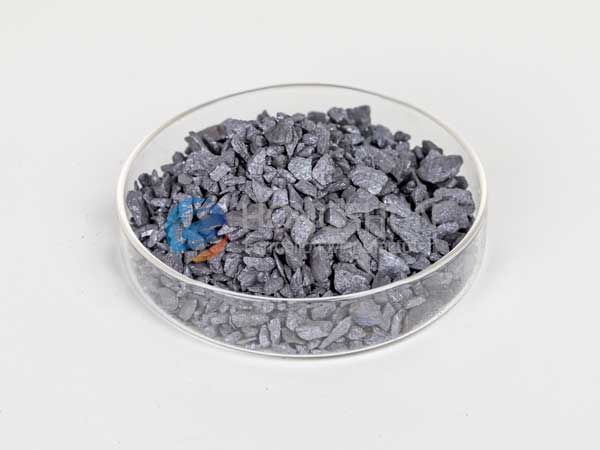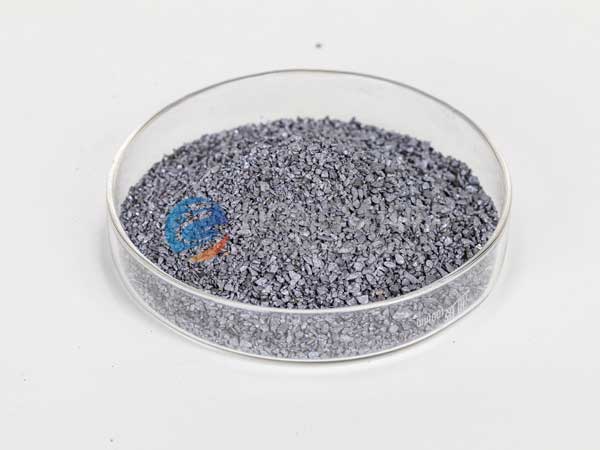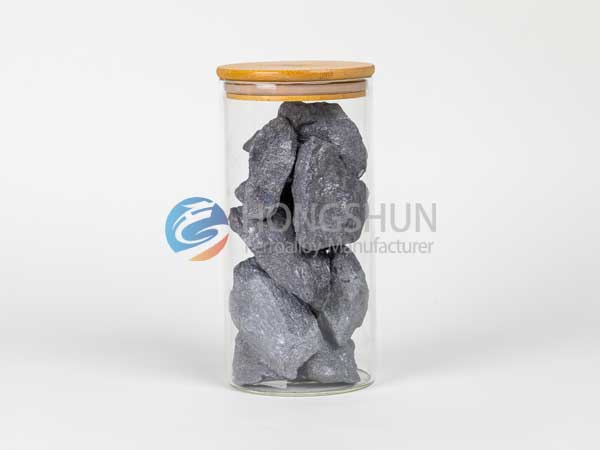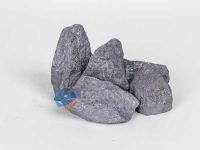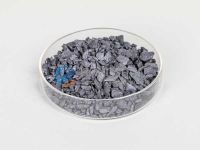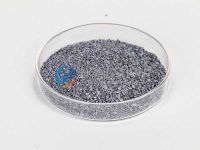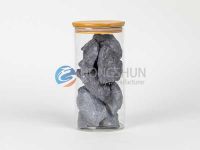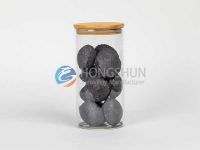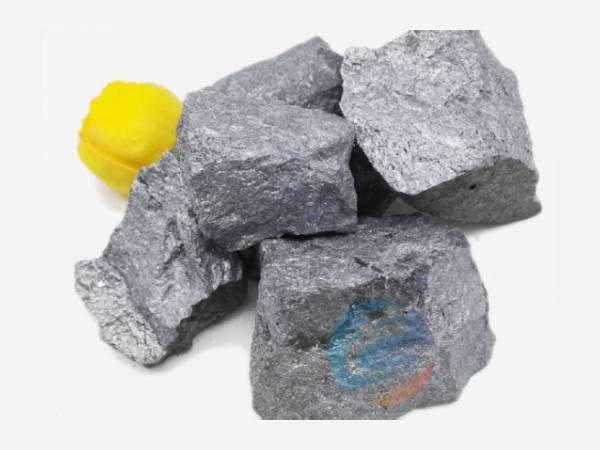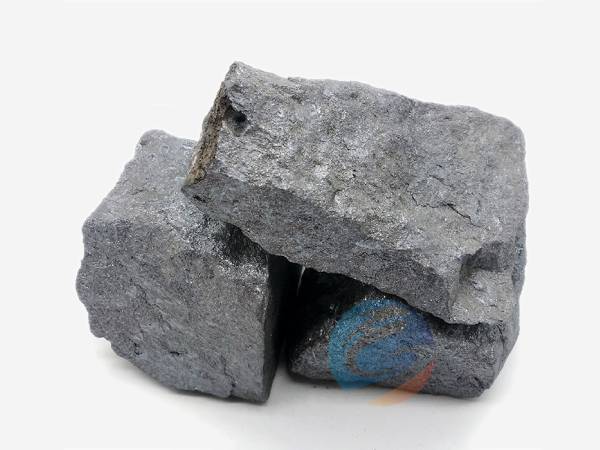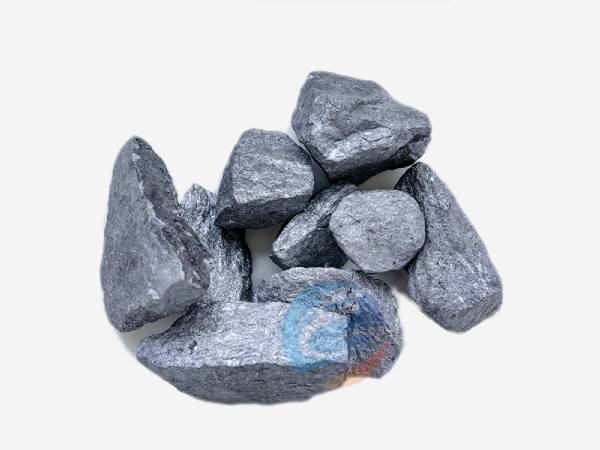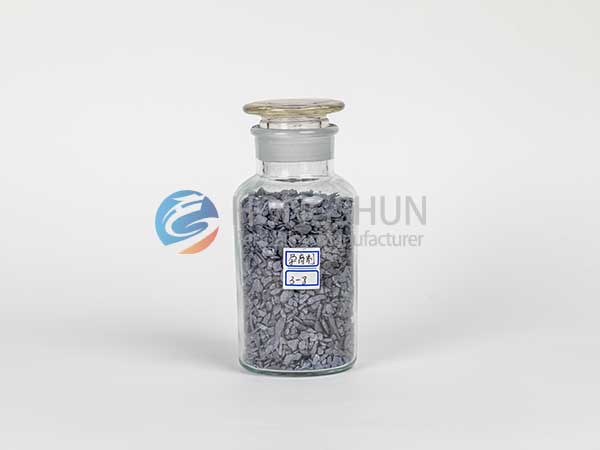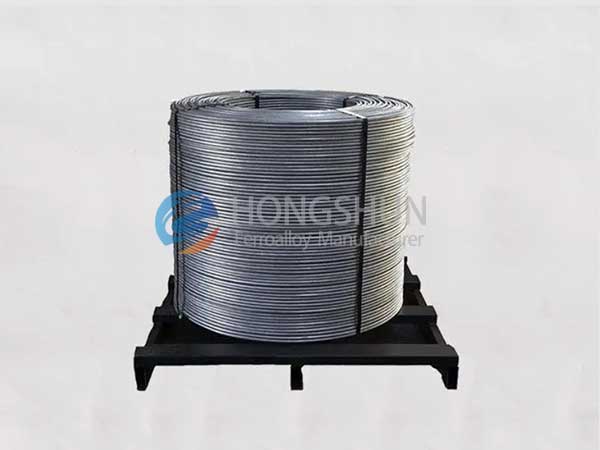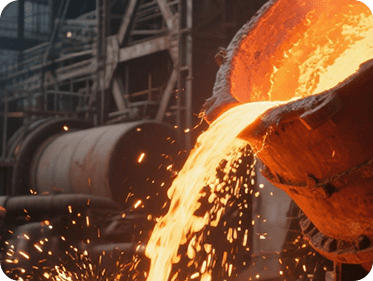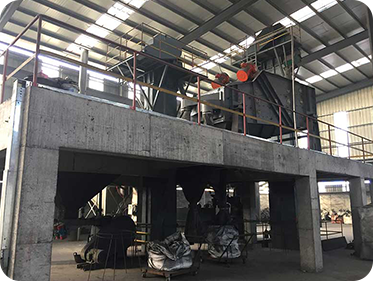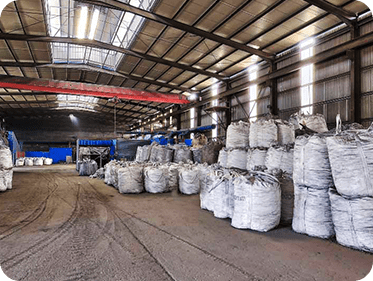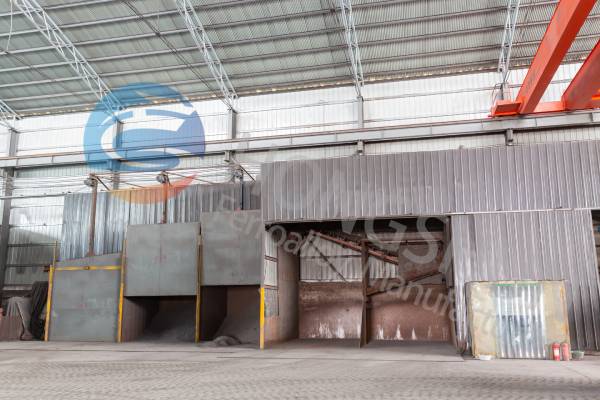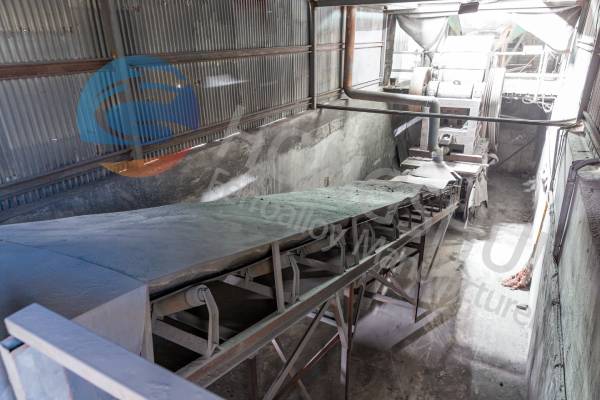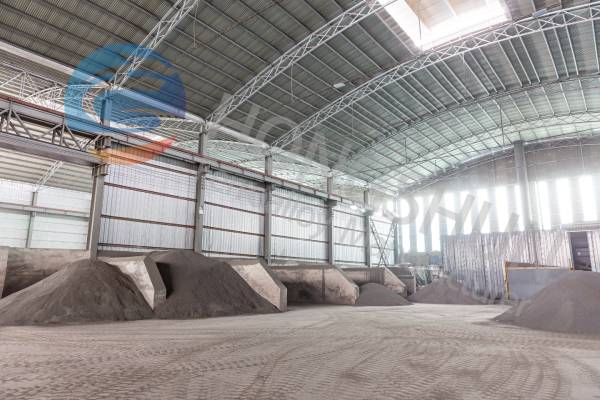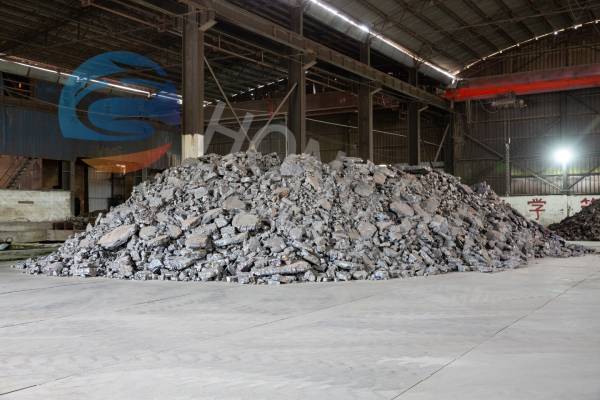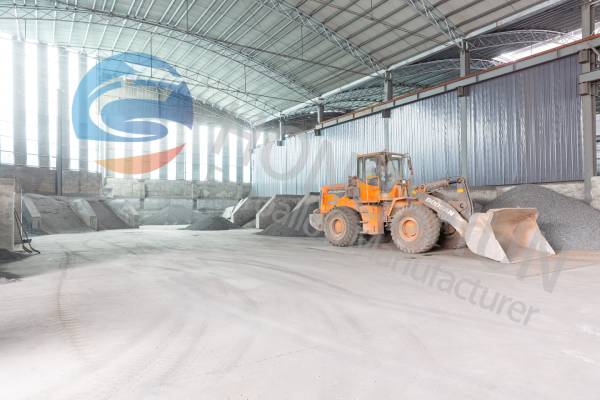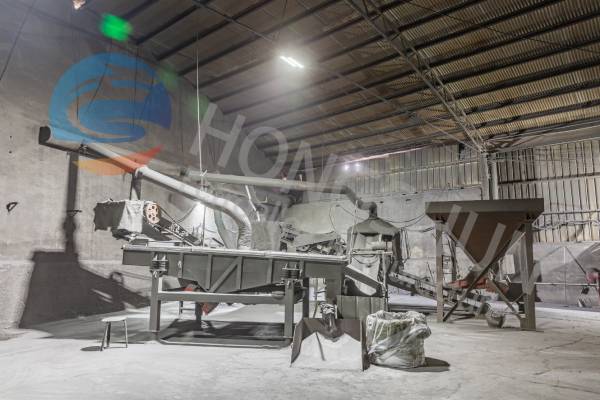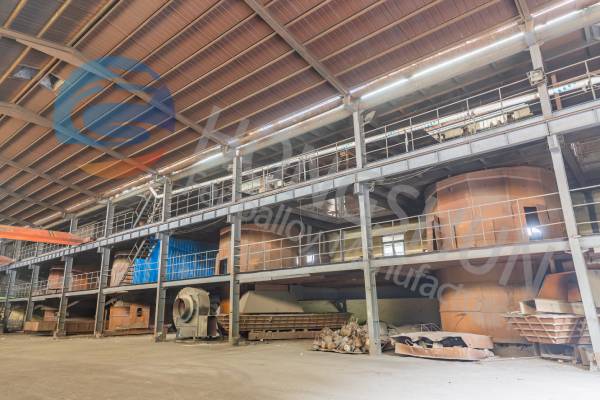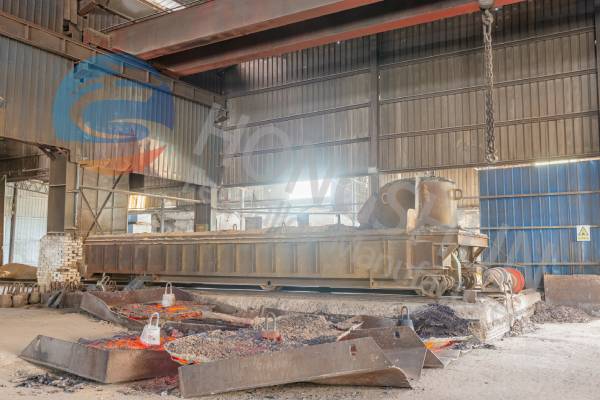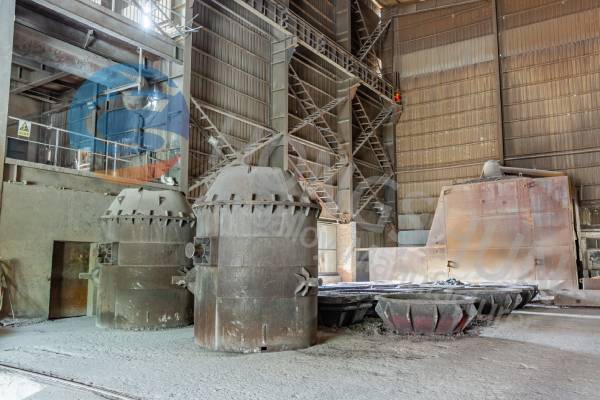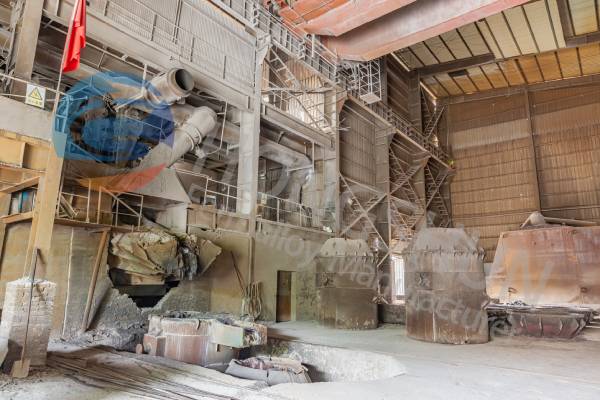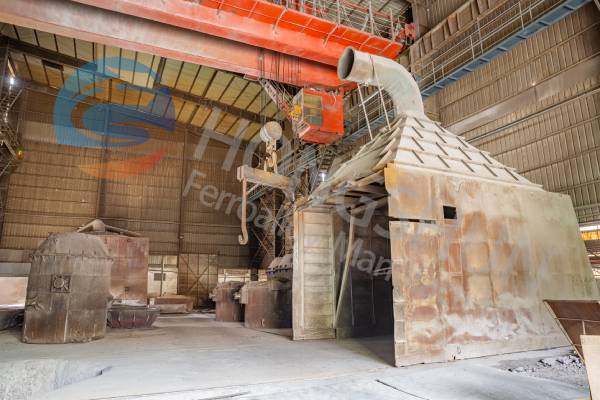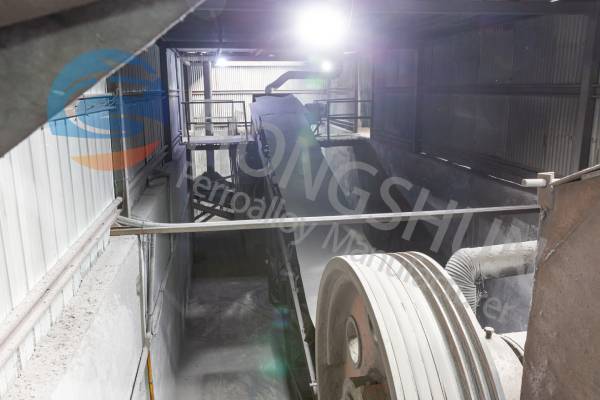High carbon silicon, also known as silicon carbon alloy, is a new type of ferroalloy primarily used in the converter smelting deoxidation process within the iron and steel industry. Its main components are silicon and carbon, with silicon content generally above 55% and carbon content above 10%. Other minor components include silicon dioxide (SiO₂), phosphorus, and sulfur.
High Carbon Silicon Production Process
High carbon silicon is a by-product generated during the production of metallic silicon. In the smelting process within an electric furnace, due to uneven electrode distribution, raw materials may be heated unevenly. As a result, some silica at the furnace bottom does not fully react with carbon and other reducing agents. Over time, in the high-temperature environment, these unreacted materials accumulate and form lump-like products known as high carbon silicon.
| High carbon silicon | Chemical composition(%) | Size(mm) | ||||
| Si | C | Al | S | P | ||
| ≥ | ≥ | ≤ | ≤ | ≤ | ||
| SiC | 72 | 22 | 1 | 0.05 | 0.05 | |
| Si68C18 | 68 | 18 | 3 | 0.1 | 0.05 | 5-25 |
| Si65C15 | 65 | 15 | 3 | 0.1 | 0.05 | 10-50 |
| Si60C10 | 60 | 10 | 3 | 0.1 | 0.05 | 10-100 |
| High carbon silicon chemical composition | ||||||
Material Advantages of High Carbon Silicon
As a new type of composite alloy deoxidizer, high carbon silicon offers significant price advantages compared to traditional deoxidizers such as ferrosilicon powder, calcium carbide, carbon powder, and alloy powders. Its cost-effectiveness makes it an ideal choice for steel manufacturers aiming to reduce production costs without compromising quality.
High carbon silicon possesses stable physical and chemical properties along with an excellent deoxidation effect. When used in the converter steelmaking process, it rapidly reacts with oxygen dissolved in molten steel to form steel slag that floats on the surface, efficiently achieving deoxidation. Moreover, high carbon silicon exhibits desulfurization and recarburization effects during deoxidation, allowing it to partially replace recarburizers and significantly reduce steelmaking costs.
Advantages of High Carbon Silicon in Foundries
High carbon silicon offers significant benefits in foundry applications, especially in the production of cast iron. Typical cast iron contains 2% to 4% carbon and 1% to 3% silicon, both of which critically influence the microstructure and mechanical properties of the final casting.
The high content of carbon and silicon in high carbon silicon makes it an effective deoxidizer, high-efficiency heating agent (with calorific values of approximately 6.58 kcal/g for silicon and 1.24 kcal/g for carbon), and recarburizer during the iron casting process. It allows for precise control of other alloying elements and minimizes impurity introduction, leading to improved casting quality and process stability.
Key advantages include:
Cost-effective replacement for traditional deoxidizers and recarburizers.
Stable physical and chemical properties that perform reliably under high temperatures.
Enhances deoxidation, desulfurization, and recarburization efficiency, improving cast iron quality.
Provides excellent heat generation, reducing overall energy consumption in melting.
Minimizes impurities, ensuring cleaner, higher-quality castings.
HongShun High Carbon Silicon
As an emerging alloy product, high carbon silicon has not yet been widely popularized globally. Consequently, only a few companies are capable of producing high carbon silicon. In China, the main production capacity is concentrated in Anyang, Henan. Hongshun Industrial Co., Ltd., located in this key production area, leverages the advantages of its regional resources to offer factory-direct sales of competitively priced high carbon silicon products.
With many years of experience in the metallurgical and refractory industries, Hongshun is highly skilled in the production process of high carbon silicon and can provide customized solutions tailored to meet specific customer requirements.

